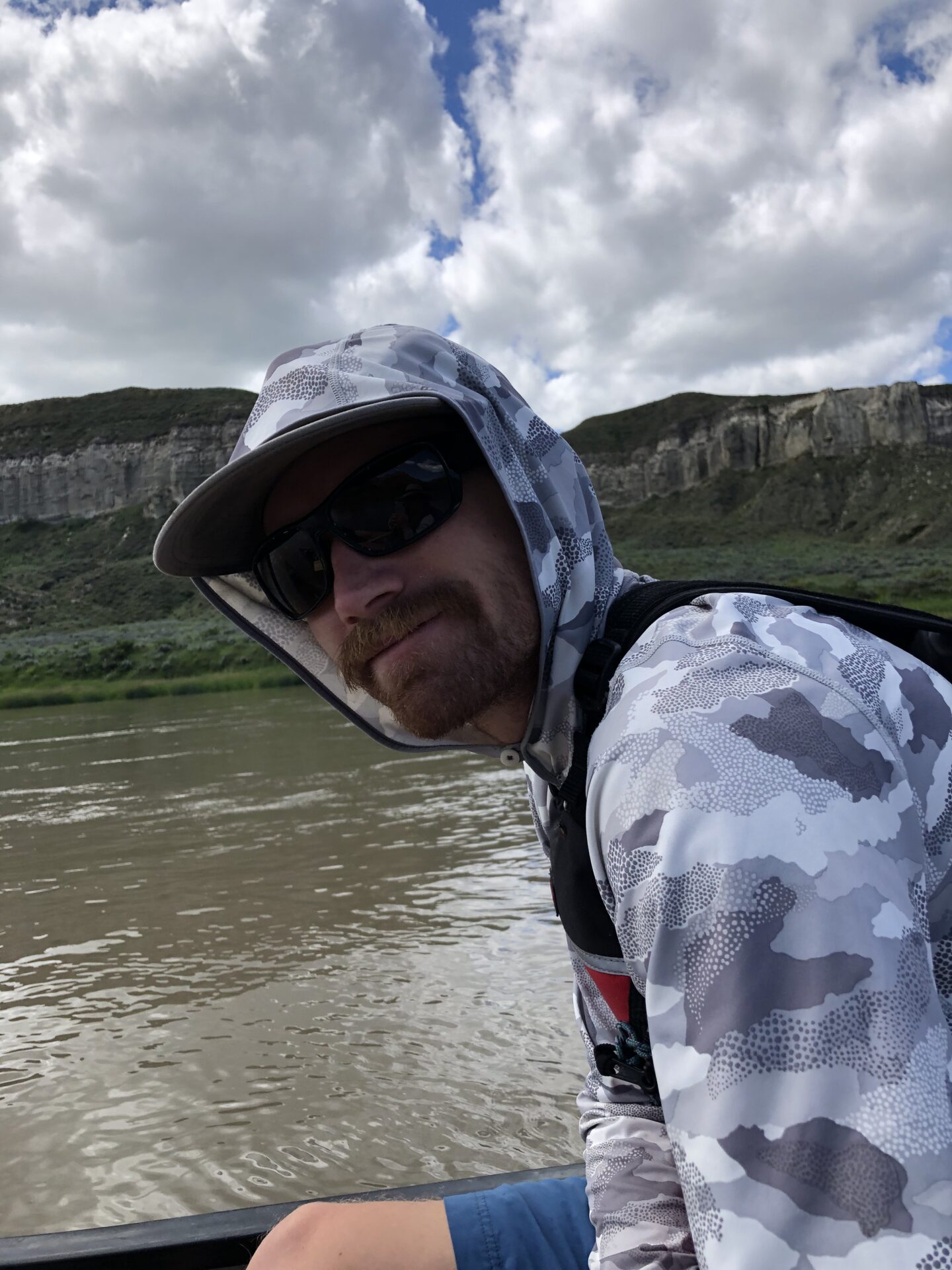

Protecting yourself from sun exposure in the outdoors is crucial for maintaining healthy skin and preventing long-term damage. This comprehensive guide will explore effective strategies for sun safety, covering everything from understanding the sun’s intensity to utilizing protective gear. We’ll delve into the importance of sun protection, and highlight the risks of prolonged sun exposure, offering practical solutions and actionable tips to empower you to enjoy outdoor adventures safely. This article will discuss everything from understanding the UV index to choosing the right protective clothing and sunscreen.
Understanding the Intensity of Sunlight
Assessing the UV Index
Sunlight is a crucial source of energy, essential for life on Earth, but intense exposure can be detrimental to your health. Prolonged sun exposure is a significant risk factor for various skin problems, including sunburn, premature aging, and even skin cancer. The UV index (UV-index) is a measure of the strength of ultraviolet (UV) radiation from the sun. It’s crucial to understand how the UV index varies throughout the day, season, and even location. High UV index values indicate higher levels of UV radiation, which necessitates greater caution in sun protection.
UV Index and Time of Day
The UV index fluctuates throughout the day, often peaking between 10 a.m. and 4 p.m. These peak hours are associated with higher levels of UV radiation, and increased risk of sunburn. Therefore, taking precautions during these times is essential for effective sun protection. Knowing the local UV index forecast will give you valuable insights about taking necessary precautions. It’s essential to adjust your activities and sun protection methods accordingly during peak hours.
Seasonal Changes in UV Levels
Understanding the UV index’s variance throughout the year is equally important for safeguarding your skin. Summer months generally experience higher UV indexes due to the sun’s increased position in the sky and the longer duration of daylight hours. On the contrary, in winter, the sun’s path across the sky is lower, resulting in a decrease in the UV index. Staying informed about the local weather conditions and the expected UV levels will allow you to determine appropriate sun protection measures.
Choosing the Right Sunscreen
The Importance of SPF
Sunscreen is a crucial component of any sun protection strategy. It creates a protective barrier against harmful UV rays, thereby minimizing the risk of sunburn. The SPF (Sun Protection Factor) rating indicates the level of protection against UVB radiation. A higher SPF value translates to a greater degree of protection. The right SPF selection depends on your skin type and sensitivity to the sun.
Protective Clothing for Sun Safety
UPF Clothing
In addition to sunscreen, protective clothing plays a crucial role in mitigating sun exposure and preventing sunburn. Look for clothing with a high UPF (Ultraviolet Protection Factor) rating. The higher the UPF, the more protection the fabric offers against the sun’s harmful UV rays. Clothing made of tightly woven materials, such as those in a linen or canvas texture, generally provide better protection than loosely woven fabrics. This can contribute to increased skin protection.
Seeking Shade and Adapting Your Schedule
Strategic Shade Locations
Taking advantage of shaded areas is an excellent way to minimize direct sun exposure. Identify shaded areas during peak sun hours—usually between 10 a.m. and 4 p.m. These hours often carry the highest risk of sunburn. Utilizing natural shade provided by trees, buildings, or other structures can substantially lower the amount of direct sun you’re exposed to, therefore reducing risk.
Avoiding Prolonged Sun Exposure
Practical Tips
It’s crucial to limit your time spent in direct sunlight, especially during peak hours. Plan outdoor activities around these times and prioritize sun protection. Being mindful of your sun exposure duration, especially if it’s a new or extended outdoor activity, can help reduce the risk of sunburn and long-term sun damage. Taking necessary precautions like using sunscreen and wearing protective clothing is essential. By understanding and acting upon the recommendations of your doctor and local health officials, you can safeguard your health.
Recognizing and Treating Sunburn
Symptoms and Prevention
Recognizing symptoms of sunburn is crucial for promptly taking action to prevent further damage. The signs of sunburn range from redness and slight discomfort to severe pain, blisters, and swelling. Preventative measures like using sunscreen and protective clothing, coupled with a good understanding of the local UV index, will significantly help minimize the possibility of sunburn.
Frequently Asked Questions
How can I find out about the UV index in my area?
Many websites and mobile apps provide real-time UV index reports, allowing you to plan outdoor activities accordingly. These resources often factor in local geographic data, cloud cover, and other environmental factors to provide accurate predictions for your specific location. Checking these resources will allow you to make educated decisions about sun exposure time and precautions. By consulting reliable sources, you can stay informed about the current UV radiation levels and make adjustments to your outdoor plans.
What types of clothing offer good sun protection?
Clothing with a high UPF (Ultraviolet Protection Factor) rating is crucial for sun protection. Look for fabrics like tightly woven, dark-colored materials that block more UV rays. Light-colored clothing can allow more UV rays to penetrate. Lightweight, quick-drying fabrics with a UPF rating of 30 or higher are a great option to ensure sun protection while staying comfortable in outdoor activities.
In conclusion, protecting yourself from sun exposure while enjoying the outdoors requires a multi-faceted approach that encompasses awareness, preparation, and adaptability. By understanding the sun’s intensity, utilizing protective gear effectively, and practicing sun safety habits, you can significantly minimize your risk of sunburn and long-term skin damage. Remember to prioritize sun protection, and stay informed about UV index forecasts for optimal outdoor enjoyment. Consult your dermatologist if you have concerns about your skin’s health. Stay sun-safe!